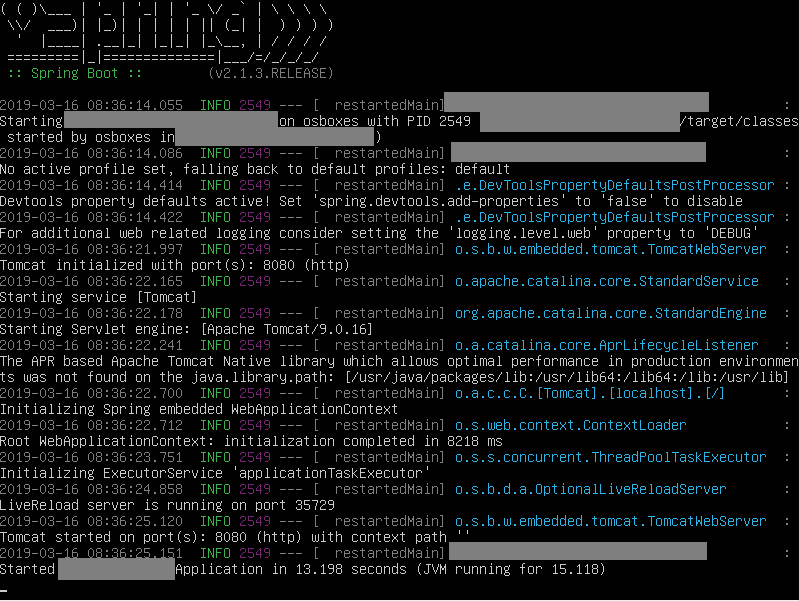Different deployment environments (e.g., development, testing, staging and production) often require that different pieces of code are switched on and off. For example, you only want to send real emails in production and write to an email log in all other environments instead. Or your code to initialise the database should only run in the staging environment.
A simple but hard to maintain way for such conditional code executions is to define a globally available variable such as isProductionSystem and write code such as this:
if (isProductionSystem) {
sendMail(...);
} else {
logMail(...);
}
This is hard to maintain because you end up with large if statements if you have multiple environments. Also, the only way you can adapt in your environment is to change the isProductionSystem variable, which means you either have all of the “production-only” features or none of them.
The @ConditionalOnProperty Annotation
Spring offers a much better way to handle conditional code execution. You can annotate the beans that should only execute depending on an environment flag with the ConditionalOnProperty annotation:
@Bean
@ConditionalOnProperty(value = "emails.enabled")
public EmailJob emailJob() {
return new EmailJob();
}
In the above example, the email job is only started when the property-value emails.enabled is set to true.
Profile-dependent execution
The code execution can also be dependent on the application profile:
@Profile("prod")
@Bean
public emailJob emailJob() {
return new EmailJob();
}
As already mentioned, this removes some level of flexibility because you can no longer decide to activate or deactivate individual features at configuration time on the respective environment.
Overriding Configuration Flags in Docker
When using Docker, you can override the default values for the properties by using environment variables with the -e flag of the docker run command:
docker run -it -e SPRING_JPA_DATABASE_PLATFORM=org.hibernate.dialect.PostgreSQLDialect myimage:latest
Spring translates environment variables into the dot-syntax for property-names by substituting dots with underscores and capitalising everything. If you want to override the value of my.property, you need to set the environment variable MY_PROPERTY.
In the above example, you can control whether to actually send emails with the following command:
docker -it -e EMAILS_ENABLED=1 myapp:latest
Conditional Execution on Application Startup
There is another interesting use case for an overridable configuration switch: code that is executed on application startup. For example, a method that creates test instances in an empty database in the staging system but is skipped in production.
This is more verbose but is still readable. Simply extract the configuration value with the @Value annotation (with the default false) into a private variable and check it in a method annotated with the @EventListener annotation listening to the ApplicationReadyEvent:
@Service
public class PostStartService {
@Value("${init.empty.db:false}")
private boolean initEmptyDb;
@EventListener(ApplicationReadyEvent.class)
public void createTestData() {
if (!initEmptyDb) {
return;
}
// execute your code here
}
}
In the above code snippet, you can control whether the body of createTestData is executed via setting the following environment variable in Docker:
docker -it -e INIT_EMPTY_DB=1 myapp:latest
Conclusion
In this article, I presented several techniques to run code depending on the deployment environment. Let me know how what works best for you or if you have different ways of achieving the correct environment configuration.

Leave a Reply